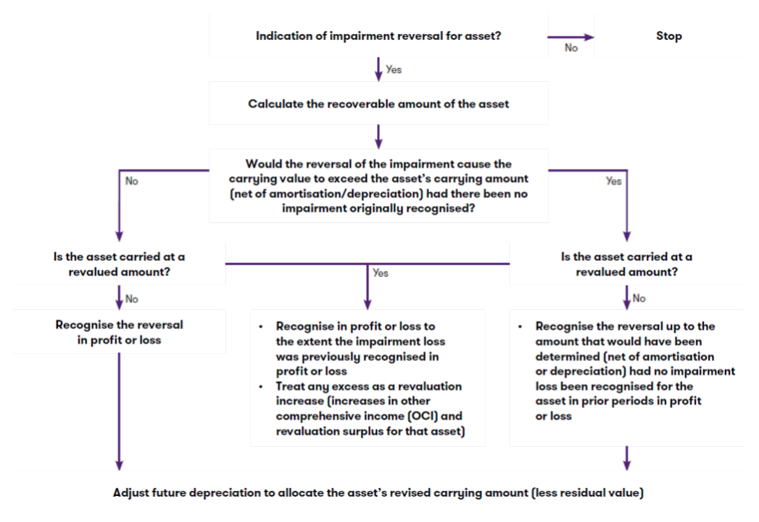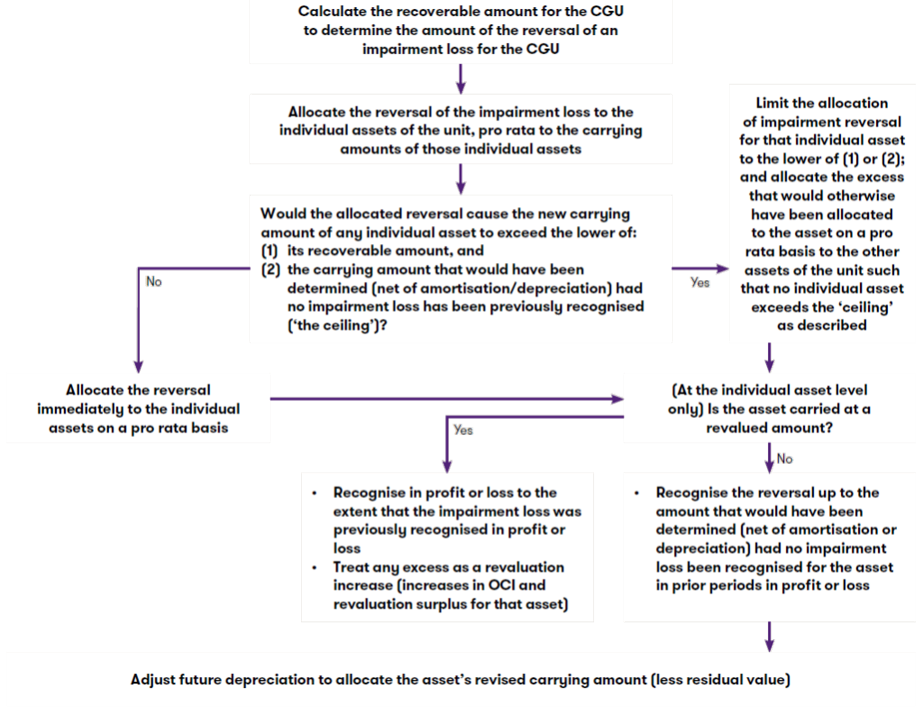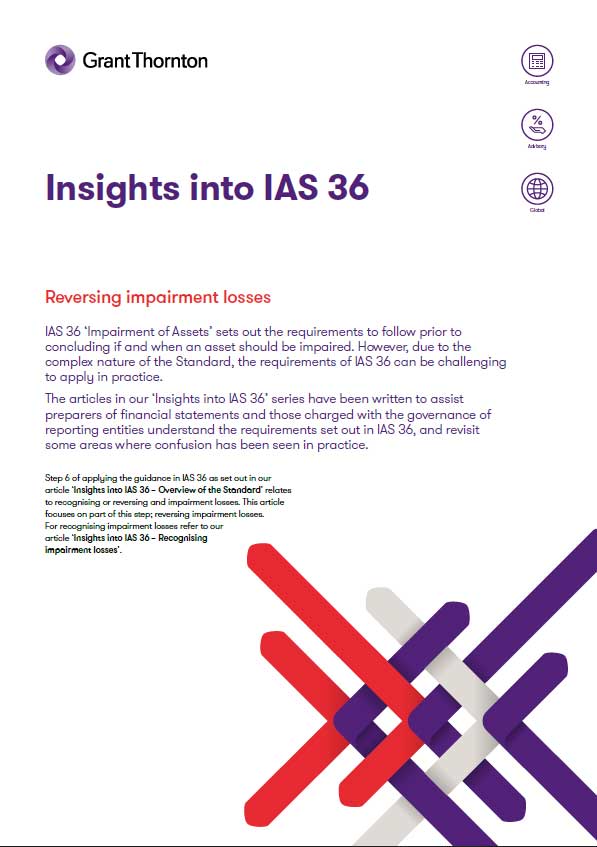-
Accounting Advisory
Our accounting advisory team help businesses meet their complex financial reporting requirements. The team can support in applying new financial reporting standards, IFRS/ US GAAP conversions, financial statement preparation, consolidation and more.
-
Payroll
Our team can handle your payroll processing needs to help you reduce cost and saves time so that you can focus on your core competencies
-
Managed accounting and bookkeeping
Outsourcing the financial reporting function is a growing trend among middle market and startup companies, as it provides a cost-effective way to improve the finance and accounting function. Our team can help with financial statement preparation, consolidation and technical on-call advisory.
-
Accounting Advisory
Our team helps companies keep up with changes to international and domestic financial reporting standards so that they have the right accounting policies and operating models to prevent unexpected surprises.
-
Crypto Accounting Advisory Service
Our team can help you explore appropriate accounting treatment for accounting for holdings in cryptocurrencies, issuance of cryptocurrencies and other crypto/blockchain related accounting issues.
-
ESG Reporting and Accounting
As part of our ESG and Sustainability Services, our team will work with you on various aspects of ESG accounting and ESG reporting so that your business can be pursue a sustainable future.
-
Expected Credit Loss
Our team of ECL modelling specialists combine help clients implement provisioning methodology and processes which are right for them.
-
Finance Transformation
Our Finance Transformation services are designed to challenge the status quo and enable your finance team to play a more strategic role in the organisation.
-
Managed Accounting and Bookkeeping Services
Outsourcing the financial reporting function is a growing trend among middle market and startup companies, as it provides a cost-effective way to improve the finance and accounting function. Our team can help with financial statement preparation, consolidation and technical on-call advisory.
-
Business Tax Advisory
Our business tax team can help you navigate the international tax landscape, grow through mergers and acquisitions, or plan an exit strategy.
-
Corporate Finance
Our corporate finance team helps companies with capital raising, mergers and acquisitions, private equity, strategic joint ventures, special situations and more.
-
Financial Due Diligence
From exploring the strategic options available to businesses and shareholders through to advising and project managing the chosen solution, our team provide a truly integrated offering
-
Valuations
Our valuation specialists blend technical expertise with a pragmatic outlook to deliver support in financial reporting, transactions, restructuring, and disputes.

-
Sustainability with the ARC framework
Backed by the CTC Grant, businesses can tap on the ARC Framework to gain access to sustainability internally, transform business processes, redefine job roles for workers, and enhance productivity. Companies can leverage this grant to drive workforce and enterprise transformation.

-
Business Tax Advisory
Our business tax team can help you navigate the international tax landscape, grow through mergers and acquisitions, or plan an exit strategy.
-
Corporate Tax Compliance
Our corporate tax teams prepare corporate tax files and ruling requests, support you with deferrals, accounting procedures and realise tax benefits.
-
Tax Governance
Our Tax Governance Services are designed to assist organisations in establishing effective tax governance practices, enabling them to navigate the intricate tax environment with confidence.
-
Goods and Services Tax
Our GST team supports organisations throughout the entire business life-cycle. We can help with GST registration, compliance, risk management, scheme renewals, transaction advisory and more.
-
Transfer Pricing
Our Transfer Pricing team advises clients on their transfer pricing matters on and end-to-end basis right from the designing of policies, to assistance with annual compliance and assistance with defense against the claims of competing tax authorities.
-
Employer Solutions
Our Employer Solutions team helps businesses remain compliant in Singapore as well as globally as a result of their employees' movements. From running local payroll, to implementing a global equity reward scheme or even advising on the structure of employees’ cross-border travel.
-
Private Client Services
Our private client services team provides a comprehensive cross section of advisory services to high net worth individuals and corporate executives, allowing such individuals to concentrate on their business interests.
-
Welfare and benefits
We believe that a thriving team is one where each individual feels valued, fulfilled, and empowered to achieve their best. Our welfare and benefits aim to care for your wellbeing both professionally and personally.
-
Career development
We want to help our people learn and grow in the right direction. We seek to provide each individual with the right opportunities and support to enable them to achieve their best.
Step 6 of applying the guidance in IAS 36 as set out in our article ‘IAS 36 – Overview of the Standard’ relates to recognising or reversing and impairment losses. This article focuses on part of this step; reversing impairment losses. For recognising impairment losses refer to our article ‘IAS 36 – Recognising impairment losses’.
IAS 36 ‘Impairment of Assets’ sets out the requirements to follow prior to concluding if and when an asset should be impaired. However, due to the complex nature of the Standard, the requirements of IAS 36 can be challenging to apply in practice.
The articles in our ‘Insights into IAS 36’ series have been written to assist preparers of financial statements and those charged with the governance of reporting entities understand the requirements set out in IAS 36, and revisit some areas where confusion has been seen in practice.
In this article
Indicators for reversing an impairment loss
In addition to assessing evidence of possible impairment, entities must also assess whether there is any indication a previously recognised impairment loss for an asset (other than goodwill) no longer exists or the assessed impairment amount may have decreased. If an indication of possible reversal is identified, the entity must estimate the recoverable amount of that asset.
|
Guidance note: Goodwill impairment cannot be reversed Accordingly, the references to impairment reversals in this article do not include goodwill. |
Similar to the list provided in IAS 36 indicating when there might be an impairment loss, the Standard also provides a non-exhaustive list of circumstances when a previously recognised impairment loss may no longer exist. These are summarised below.
Non-exhaustive list of impairment reversal indicators from IAS 36
External sources of information:
- Observable indications that the asset’s value has increased significantly during the period
- Significant favourable changes (have occurred or are expected) in the technological, market, economic or legal environment
- Market interest rates or other market rates of return on investments have decreased during the period (which will decrease the discount rate used in calculating the asset’s value in use (VIU))
Internal sources of information
- Significant favourable changes (have occurred or are expected) in the extent to which an asset is used (or is expected to be used) (for example, costs incurred during the period to improve or enhance the asset’s performance or restructure the operation to which the asset belongs)
- Evidence is available from internal reporting that indicates the economic performance of an asset is, or will be, better than expected.
The reversal of an impairment loss reflects an increase in the estimated service potential of an asset (either from use or from sale) since the date when an entity last recognised the impairment loss for the asset. A reversal of an impairment loss should therefore only be recognised if there has been a change in the estimates used to determine the asset’s recoverable amount since the last impairment loss was recognised. Said differently, an impairment loss is not reversed solely because of the passage of time or the unwinding of the discount, even if the recoverable amount of the asset becomes higher than its carrying amount.
|
Guidance note: Disclosure required for an increase in the estimated service potential
|
Regardless of whether an impairment loss is reversed for an asset, if the entity identifies an indication a previously recognised impairment loss may no longer exist, the entity may need to review and adjust the:
- the remaining useful life
- the depreciation (amortisation method)
- the residual value of the asset.
Practical insight – Indicators for reversing a previously recognised impairment loss
Most of the ‘reversal indicators’ listed are the inverse of the loss indicators listed in IAS 36 (discussed in ‘IAS 36 – If and when to undertake an impairment review’); there are however some exceptions to this. In particular, an increase in market capitalisation above carrying value of an entity’s net assets is not listed as a reversal indicator.
Reversing impairment losses for individual assets (other than goodwill)
When recoverable amount is recalculated and exceeds the asset’s carrying value, the carrying amount is increased to the recoverable amount subject to a ‘ceiling’ (ie an upper limit). The increased carrying amount cannot exceed the carrying amount that would have been determined (net of amortisation or depreciation) had no impairment loss been recognised for the asset in prior years.
For assets accounted for using the revaluation model in IAS 16 ‘Property, Plant and Equipment’ or IAS 38, the reversal of the impairment loss is accounted for in the same way as a revaluation increase in accordance with those standards.
The diagram below depicts the requirements for reversals of impairment losses for individual assets and the following example illustrates their practical application.

Reversing impairment losses for cash-generating units
Any reversal of an impairment loss for a cash-generating unit (CGU) must be allocated to the individual assets that make up the CGU (excluding goodwill). The entity is required to allocate the reversal of an impairment loss to the CGU’s assets pro rata to their carrying amounts. This is again however subject to a ‘ceiling’ whereby no individual asset’s carrying amount is increased above the lower of:
- its recoverable amount (if determinable)
- its carrying amount that would have been determined (net of amortisation or depreciation) had no impairment loss been recognised for the asset in prior periods.
If this ‘ceiling’ takes effect for one or more of the CGU’s assets, the reversal of the impairment loss that would otherwise have been allocated to those assets is allocated on a pro rata basis to the other assets, subject to the same ceiling.
The below flowchart depicts the allocation process.

Download the full Reversing impairment losses [ 186 kb ] article for an example of reversing a previously recognised impairment loss for an individual asset and an example that illustrates the practical application of the requirements.



